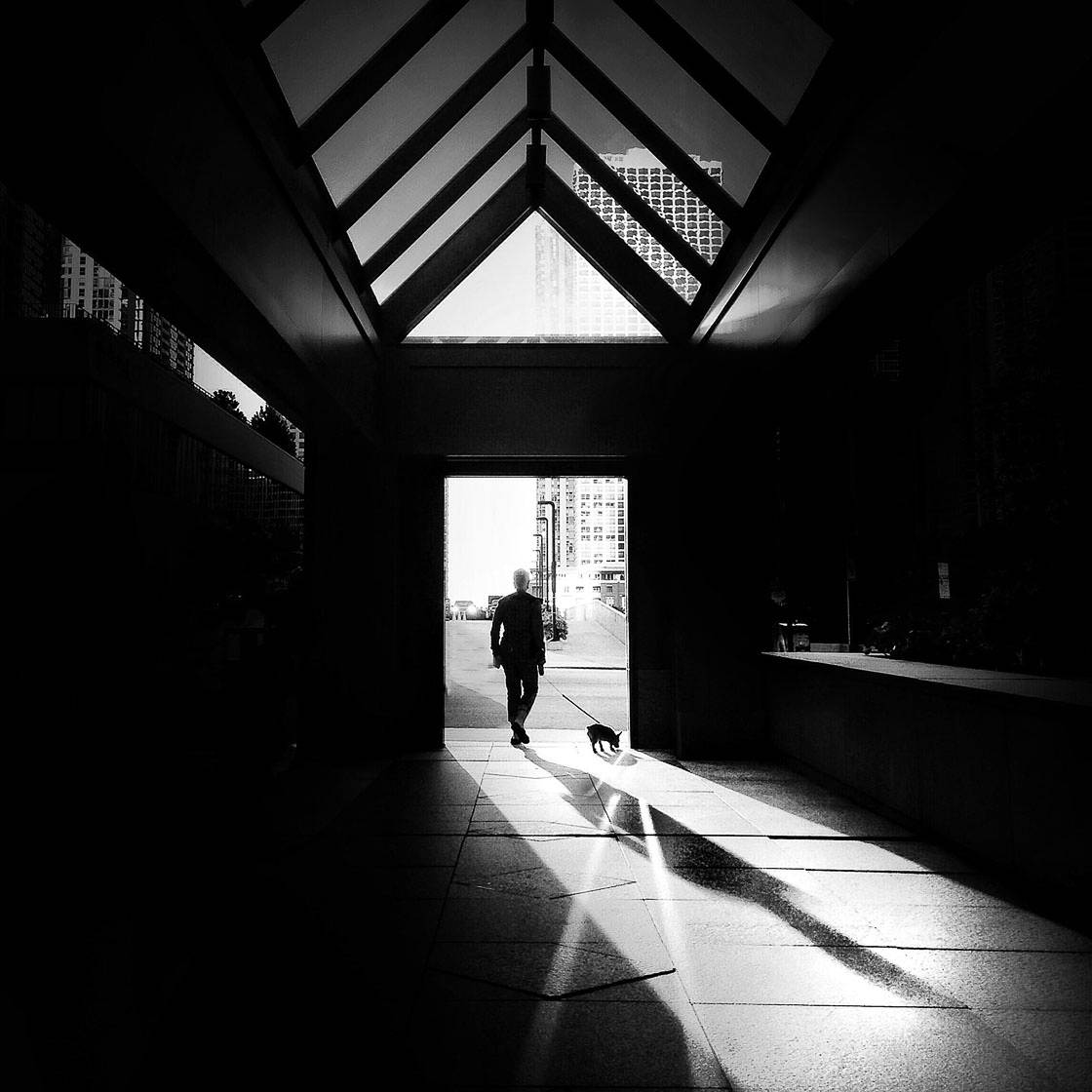Facts About Street Photographers Uncovered
Wiki Article
Some Known Details About Street Photographers
Table of ContentsSome Ideas on Street Photographers You Should KnowIndicators on Street Photographers You Should KnowThe Best Guide To Street Photographers8 Easy Facts About Street Photographers ShownStreet Photographers Fundamentals Explained
, a genre of photography that records day-to-day life in a public area. The actual publicness of the setup enables the digital photographer to take honest images of complete strangers, usually without their understanding. Road professional photographers do not always have a social function in mind, but they favor to separate and capture moments which might otherwise go undetected.He was influenced by several of those that affected the street photographers of the 1950s and '60s, he was not chiefly interested in recording the spirit of the street., that functioned side by side with professional photographers trying to record the essence of urban life.

Given the fine quality of his photos and the breadth of product, engineers and musicians frequently got Atget's prints to use as reference for their very own job, though business passions were barely his major motivation. Rather, he was driven to photo every last residue of the Paris he loved.
All About Street Photographers
They expose the city via his eyes. His job and basic understanding of photography as an art type offered as inspiration to generations of professional photographers that complied with. The future generation of road photographers, though they likely did not refer to themselves thus, was ushered in by the photojournalism of Hungarian-born photographer Andr Kertsz.Unlike his peers, Brassa used a larger-format Voigtlnder electronic camera with a longer exposure time, compeling him to be much more computed and thoughtful in his method than he may have been if making use of a Leica. (It is thought that he might not have had the ability to afford a Leica during that time, but he did, nonetheless, use one in the late 1950s to take colour photos.) Brassa's photographs of the Paris abyss illuminated by man-made light were a discovery, and the compilation of the collection that he Learn More published, (1933 ), was a significant success.
Cartier-Bresson was a champ of the Leica camera his explanation and among the first digital photographers to optimize its capabilities. The Leica permitted the professional photographer to connect with the surroundings and to capture moments as they happened - Street Photographers. Its fairly little dimension likewise assisted the photographer fade into the background, which was Cartier-Bresson's favored method
Some Known Facts About Street Photographers.
It is due to the fact that of this basic understanding of the art of image taking that he is commonly attributed with uncovering the medium throughout once again approximately a century because its innovation. He took photographs for even more than a half century and affected generations of professional photographers to trust their eye and instinct in the moment.These are the questions I shall try to answer: And after that I'll leave you with my own interpretation of road digital photography. Yes, we do. Allow's begin with specifying what an interpretation is: According to it is: "The act of specifying, or of making something certain, distinctive, or clear".
No, absolutely not. The term is both limiting and deceiving. Seems like a road photography need to be photos of a streets appropriate?! And all street professional photographers, besides a handful of outright newbies, will fully value that a street is not the key element to street digital photography, and in fact if it's a photo of a road with maybe a few uninteresting individuals not doing anything of passion, that's not street digital photography that's a snapshot of a road.
He makes a legitimate factor do not you think? While I concur with him I'm not sure "honest public digital photography" will capture on (although I do kind of like the term "candid photography") since "road digital photography" has been around for a long time, with lots of masters' names affixed to it, so I think the term is below to remain.
What Does Street Photographers Mean?
You can shoot at the coastline, at an event, in a street, in a park, in a piazza, in a cafe, at a museum or art gallery, in a metro terminal, at an event, on a bridge, under a bridge ...
Yes, I'm afraid we terrified no choice! Without guidelines we can not have a meaning, and without a meaning we don't have a category, and without a category we don't have anything to specify what we do, and so we are stuck in a "rules interpretation style" loop! - Street Photographers
8 Simple Techniques For Street Photographers

Report this wiki page